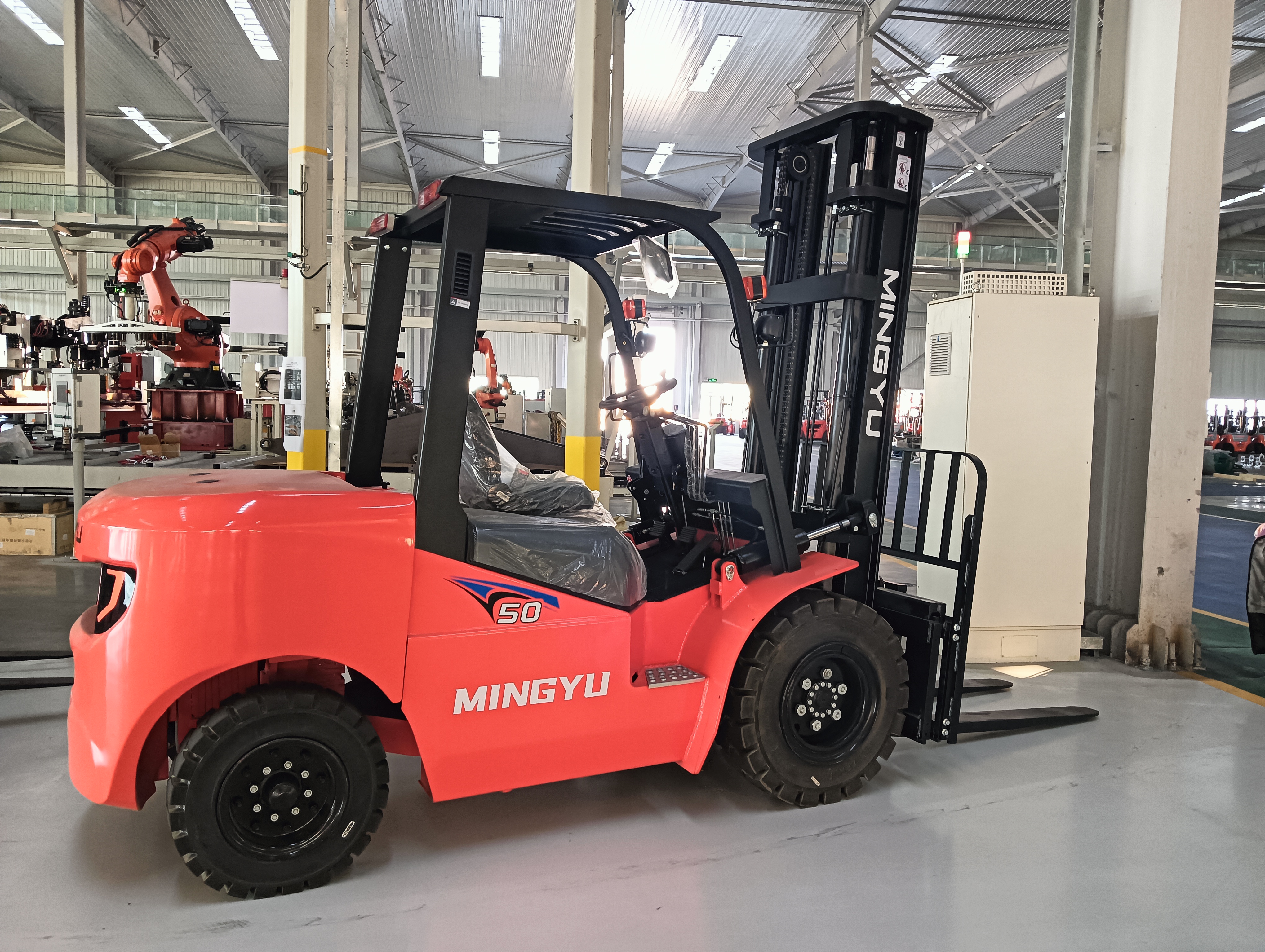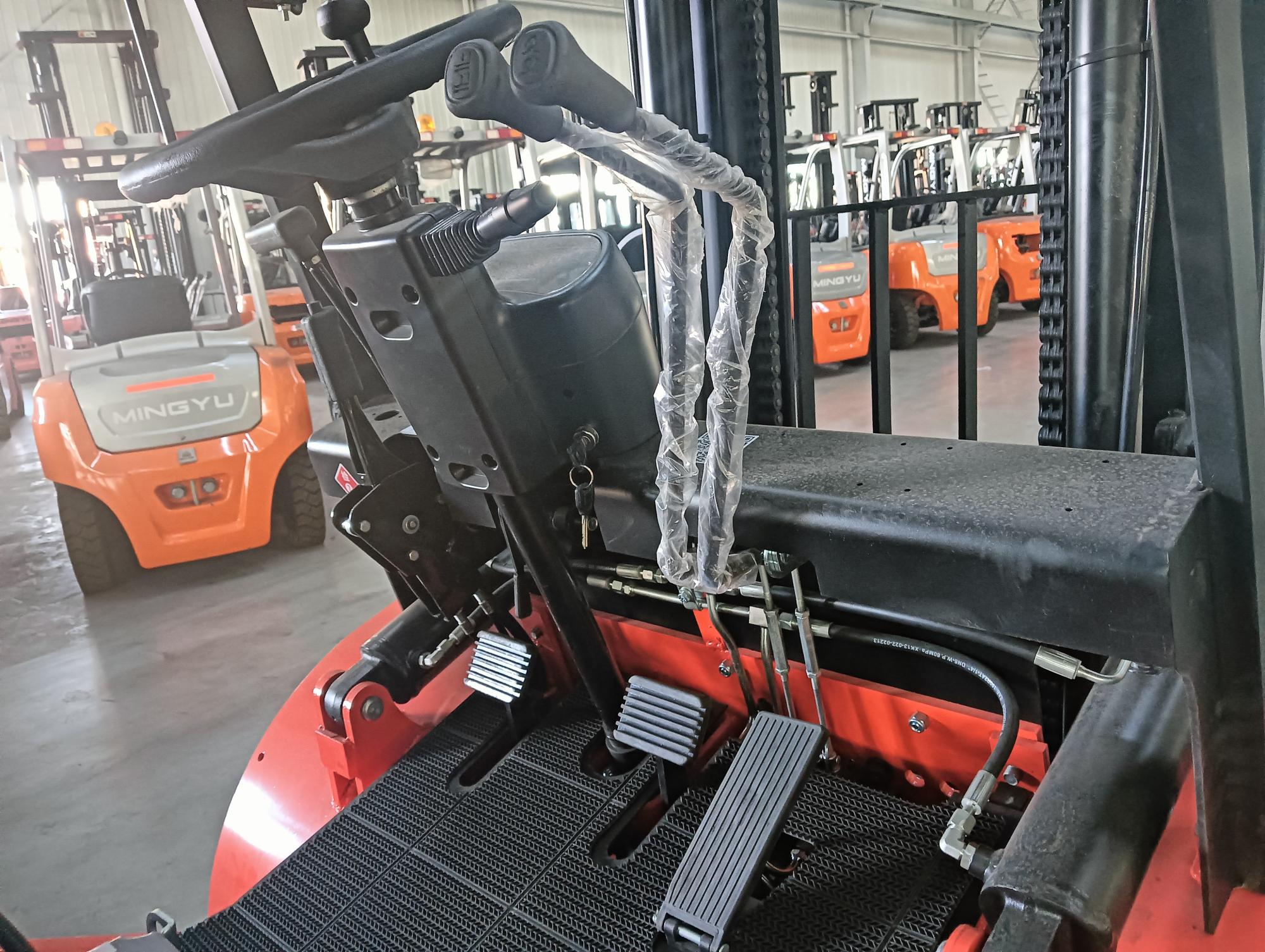Introduction
Electric forklifts have revolutionized the material handling industry, offering numerous advantages over their gasoline-powered counterparts. From reduced emissions to quieter operation, these machines have become indispensable in warehouses, distribution centers, and manufacturing facilities worldwide. However, to ensure their optimal performance and longevity, proper maintenance and understanding of their fluid systems are crucial.
This comprehensive guide delves into the essential fluids found in electric forklifts, their roles, and the importance of maintaining them. By adhering to these guidelines, you can significantly enhance the safety, productivity, and overall lifespan of your electric forklift fleet.

Understanding the Basics of Electric Forklifts
Electric forklifts are powered by rechargeable batteries, eliminating the need for fossil fuels. They typically consist of the following key components:
- Battery: The primary power source, providing energy to the motor.
- Motor: Converts electrical energy into mechanical energy to drive the wheels and hydraulic system.
- Controller: Regulates the power flow to the motor, controlling speed and direction.
- Hydraulic System: Powers the lifting and tilting mechanisms of the forks.
- Chassis: The structural framework supporting all components.
Basic Principles of Operation:
- Power Source: The battery supplies direct current (DC) power to the forklift's electrical system.
- Drive System: The motor drives the wheels, enabling the forklift to move forward, backward, and turn.
- Lifting Mechanism: The hydraulic system, powered by the electric motor, lifts and lowers the forks to handle loads.
Common Types of Electric Forklifts:
- Counterbalance Forklift: The most common type, with a counterweight to balance the load.
- Reach Truck: Designed for narrow aisle storage, with a telescoping mast to reach high shelves.
- Order Picker: Used for picking items from shelves at various heights, often with a platform for the operator.

The Role of Hydraulic Fluid
Hydraulic fluid is a vital component in electric forklifts, powering the lifting and tilting mechanisms of the forks. It is a specialized fluid designed to withstand high pressures and temperatures.
How Hydraulic Fluid Works:
- Pump: The hydraulic pump draws in fluid and pressurizes it.
- Valves: Valves control the flow of fluid to different hydraulic cylinders.
- Cylinders: The pressurized fluid forces a piston within the cylinder, creating mechanical force to lift or lower the forks.
Maintenance and Inspection of Hydraulic Fluid:
- Checking Fluid Level: Regularly inspect the fluid level in the hydraulic reservoir and top off as needed with the recommended fluid.
- Identifying Leaks: Visually inspect hoses, fittings, and cylinders for any signs of leaks.
- Replacing Hydraulic Fluid: Periodically replace the hydraulic fluid to remove contaminants and maintain optimal performance.
- Filter Maintenance: Change hydraulic filters according to the manufacturer's recommendations to prevent debris from entering the system.
The Importance of Battery Electrolyte
The battery is the heart of an electric forklift, and the electrolyte plays a crucial role in its operation. The type of battery and its electrolyte will vary depending on the specific forklift model.
Common Battery Types:
- Lead-Acid Batteries: These batteries use a sulfuric acid electrolyte solution.
- Lithium-ion Batteries: These batteries use a lithium-based electrolyte.
Battery Maintenance and Electrolyte Management:
- Charging Procedures: Adhere to the manufacturer's recommended charging cycles and times.
- Water Addition (for Lead-Acid Batteries): Regularly check the water level in flooded lead-acid batteries and add distilled water as needed.
- Temperature Considerations: Maintain optimal battery temperature to ensure efficient operation and longevity.
- Battery Life and Replacement: Follow the manufacturer's guidelines for battery life and replacement.
Additional Fluids and Lubricants
While hydraulic fluid and battery electrolyte are the primary fluids in electric forklifts, other lubricants and fluids may be used in specific components:
- Grease and Lubricants: These are used to lubricate bearings, joints, and other moving parts to reduce friction and wear.
- Coolant (Optional): In some electric forklift models, a coolant may be used to cool the motor or other components.
Safety Considerations and Environmental Impact
- Handling and Storage of Fluids: Always handle hydraulic fluid and battery electrolyte with care. Wear protective gloves and eyewear when working with these substances. Store them in designated areas, away from heat and direct sunlight.
- Environmental Impact: Properly dispose of used hydraulic fluid and battery electrolyte to minimize environmental impact. Follow local regulations for recycling and disposal.
Understanding the role of these fluids and implementing proper maintenance practices is quite important for the safe, efficient, and reliable operation of the electric forklift.
Post time:Nov.20.2024
